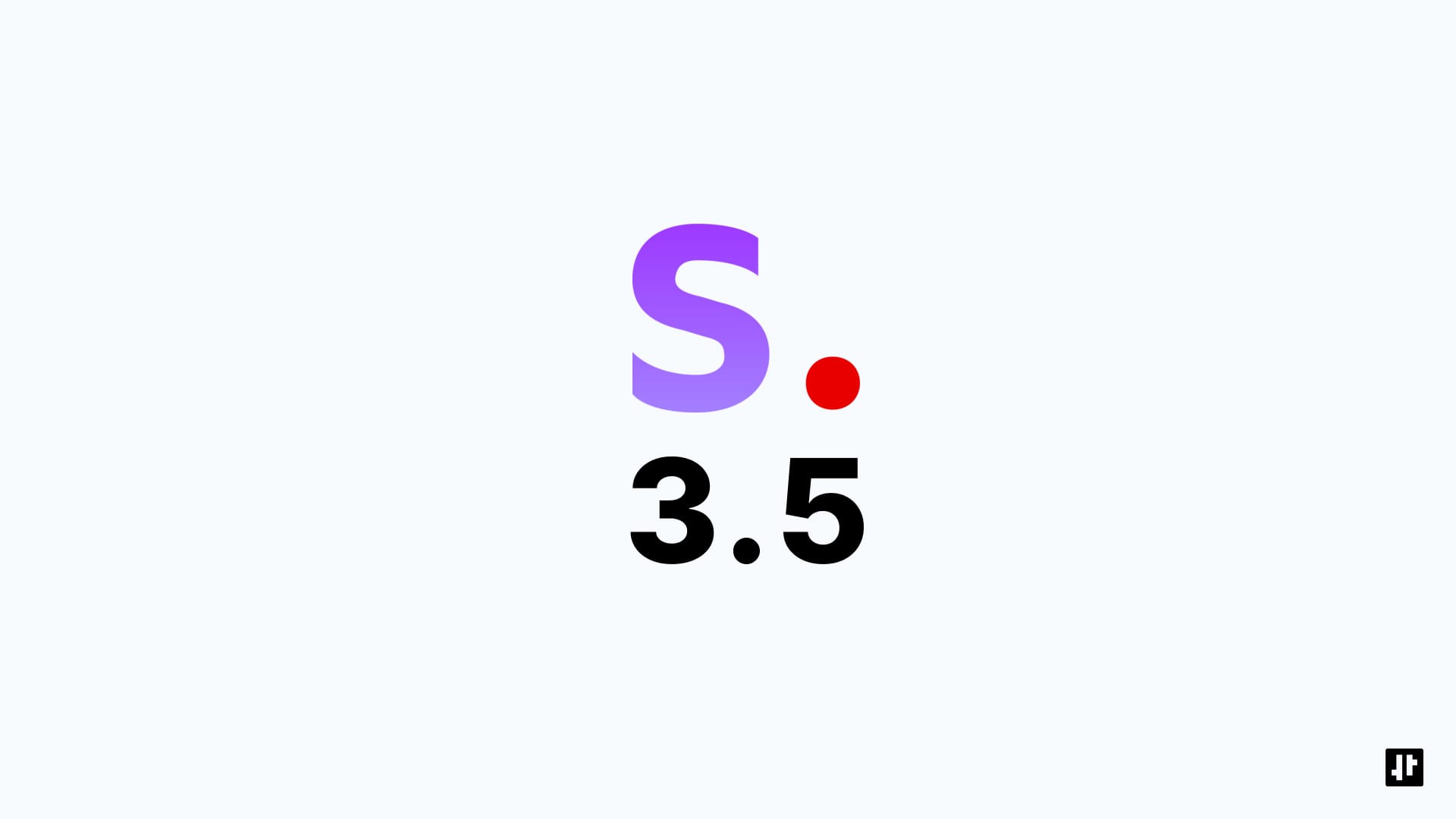Stability AI Unveils Stable Diffusion 3.5: A Step Forward, but Challenges Remain
Stability AI releases Stable Diffusion 3.5, which offers faster, smoother image generation with better prompts but still trails behind advanced models like Flux and MidJourney.

Stability AI has released Stable Diffusion 3.5, a refined iteration of its text-to-image model, offering improvements in speed, prompt handling, and output quality. While the upgrade provides a smoother user experience, it’s worth asking: Does it move the needle enough to compete with newer, cutting-edge models?

Improvements Over Speed and Quality
Stable Diffusion 3.5 is noticeably faster, with image generation times cut by almost half compared to version 3.0. The model also introduces better prompt parsing, minimizing the random and inconsistent outputs users sometimes encountered with earlier versions. This makes it easier to generate coherent results without multiple retries, a welcome change for anyone using the platform regularly.
However, the improvements feel more iterative than revolutionary. Stable Diffusion remains a capable tool for casual users, hobbyists, and smaller creative teams, but advanced users may find it lagging behind industry leaders like MidJourney, Adobe’s Firefly, or cutting-edge models like Flux. The fine-tuning mechanisms, while more responsive than before, are still not as intuitive or powerful as what some competitors offer.
Accessibility Remains a Strength
One thing Stability AI gets right is accessibility. With Stable Diffusion 3.5 available through DreamStudio, open-source repositories, and direct downloads for local use, Stability AI maintains its commitment to democratizing AI tools. Unlike competitors locking their models behind subscriptions or restrictive ecosystems, Stable Diffusion remains open to a broader audience.
This approach caters well to developers and smaller creators, though the learning curve and technical setup for local installation might still deter casual users. The open-source community remains the lifeblood of Stable Diffusion’s development, with many extensions and customizations coming from independent creators rather than Stability AI itself. However, with increasingly competitive tools in the market, openness alone may not be enough to hold attention for long.
Where It Stands in the Market
Despite the solid improvements, Stable Diffusion 3.5 feels like it's playing catch-up. Competitors have pushed the envelope with models that offer more creative control, easier workflows, and sharper results. Flux, for instance, delivers advanced multimodal capabilities, blending text, video, and images in ways Stable Diffusion isn’t ready to match yet. MidJourney continues to lead the space with superior image coherence and fidelity, albeit at the cost of being locked behind proprietary systems.
While Stability AI emphasizes user freedom, the question remains whether this model can compete at the higher end of the market. In professional settings, tools that provide consistent, high-quality outputs and easy workflows often win out, and this is where Stability AI still struggles to gain traction.
Not a Game-Changer
Stable Diffusion 3.5 represents a necessary update, but not one that will shake up the generative AI landscape. For hobbyists and open-source enthusiasts, it offers solid value and ensures the model stays relevant. But for those looking to push creative limits, other tools might offer more. Stability AI remains in the race, but it will need more than incremental improvements to pull ahead.
Conclusion
While Stability AI’s commitment to openness remains admirable, Stable Diffusion 3.5 feels more like a steady evolution rather than a bold step forward. It’s a useful tool that addresses some past frustrations, but the competition is moving faster, and Stability AI will need to pick up the pace to stay in the game.